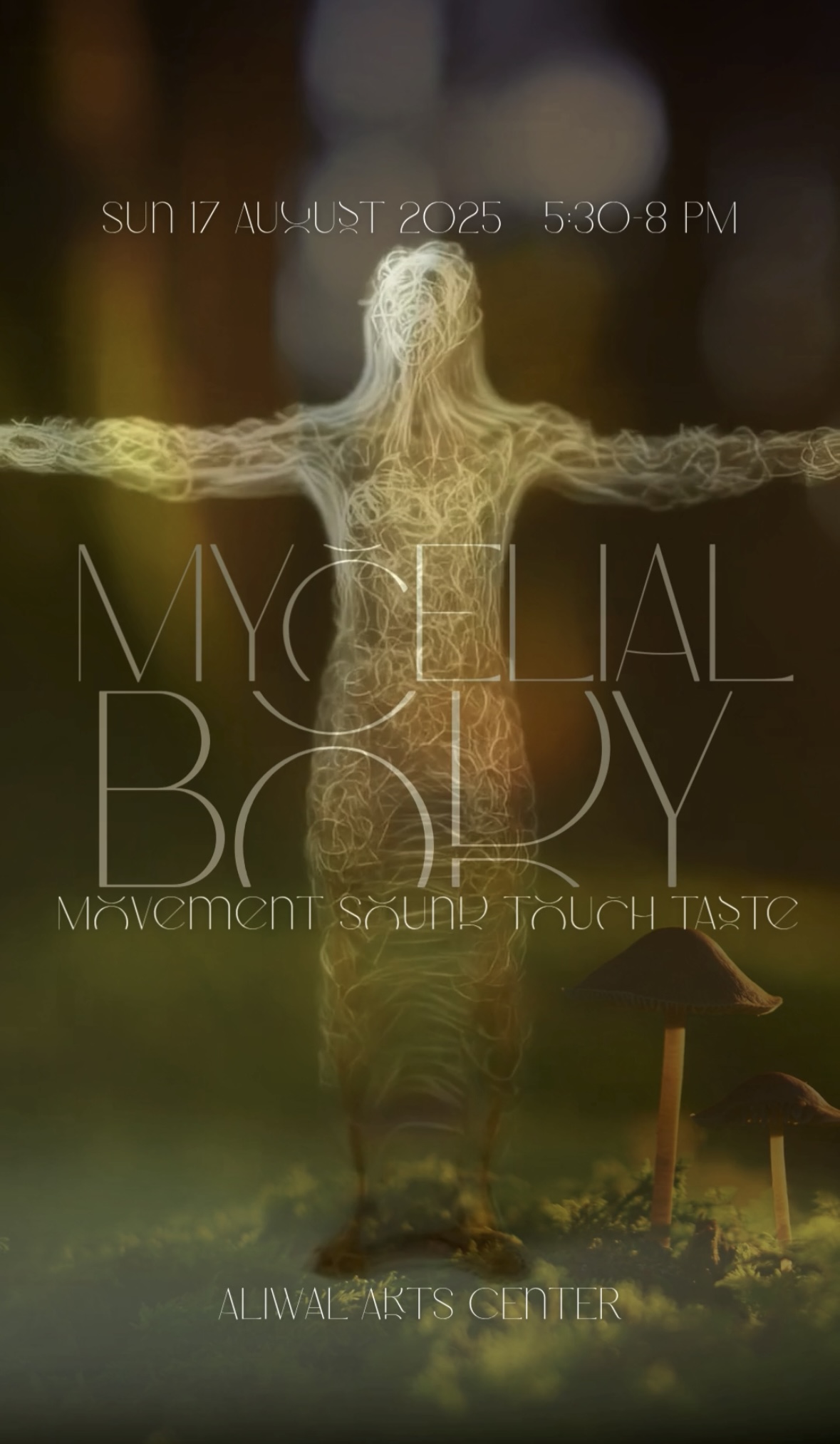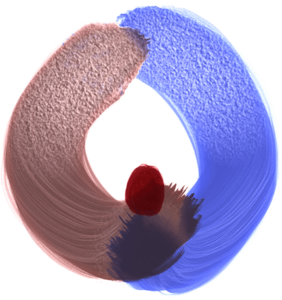Fascia is to your body what mycelium is to the forest—a living network that spans everything, touches everything, and communicates through everything.
Fascia and mycelium, though one is biological tissue in animals and the other a fungal network in the soil, share striking similarities—structurally, functionally, and metaphorically. Here’s what they have in common:
1. Webs of Connection
In the body, the fascia is a vast and wide connective tissue that wraps all over the body – it weave through muscle, bones, organs, and it is the main fluid connecting pathways for our entire body.
Under the earth, the mycelium is a vast fungal network that connects plant roots across ecosystems that also act as pathways of communication where exchanges of nutrition and information comes through.
Both are systems are de-centralized, intelligent, and highly adaptive networks that coordinate and support the entire eco-system systems.
2. Pathways of Communication
The fascia sends biochemical electrical signals that affects the body on a cellular level.
When fascia is compressed, stretched, or moved, these structures detect the force. This triggers biochemical signals (like calcium release, gene expression changes, or inflammation modulation). The message is passed deep into the cell nucleus, influencing DNA activity and cell behavior.
Movement literally changes you on a cellular level through fascia.
Similarly, mycelium transmits chemical and electrical signals, helping trees and plants share resources and warn each other of threats. They are both mediums for intelligent, non-verbal communication.
3. Regenerative Fluid Intelligence
The inherent intelligence in the fascial web responds to stress or movement by thickening or loosening. It helps the body to re-organise itself based on environmental conditions, actively seeking nutrients, clearing toxins, and repairing damage – just like mycelium.
Fascia regenerates itself through movement, hydration, and therapeutic touch. It’s living matrix is an active form of adaptive healing in itself. While, mycelium can regenerate entire fungal networks through similar processes. Both are dynamically constantly shape-shifting to serve the whole system.
4. Interconnected Underground Matrix
They operate beneath the surface—often overlooked but hold an essential aspect of interconnectedness within. This universal matrix challenges linear views with a more relational way of living, communicating, and healing.
Explore these notions through the body at the Mycelial Body: Movement, Sound, Touch, Taste – this August 17th in Singapore.











